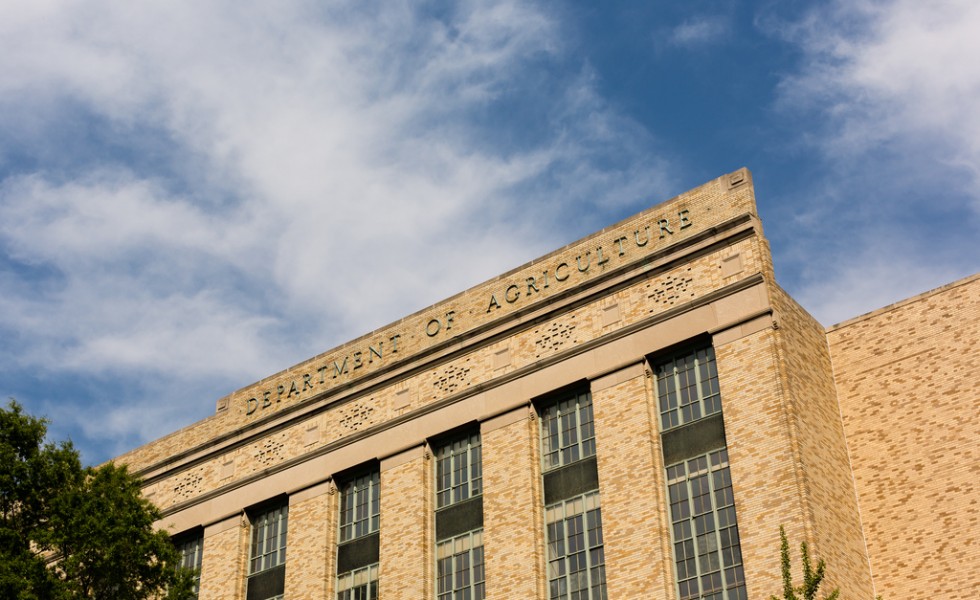Hard Numbers and Hard Politics
Posted on January 12, 2017

The calendar may have changed but the numbers all U.S. farmers will work with this new year are little different from the numbers everyone worked with last year.
For example, 2016’s corn production was baked-in last fall and so too are most of 2017’s options. We grew a staggering 15.3 billion bu. last year, will use 11.0 billion bu. here this year, will export 2.2 billion bu., and will still have 2.4 billion bu. in the bin when the new harvest begins.
Which means, forecasts the U.S. Department of Agriculture, cash corn prices will average a thin $3.30 per bu. during the current marketing year.
The numbers for the coming 2017/18 crop year, according to USDA forecasts, improve only slightly: 1.1 billion bu. less production, 1 billion bu. less domestic usage, a relatively small (300 million bu.) drop in exports, and an average projected price of $3.60 per bu.
That’s what 2.4 billion bu. of 2016 carryover does to the 2017/18 market; its long, long tail irritates prices for a long, long time.
Soybean forecasts for 2016/17 are equally bland: 4.3 billion bu. production, 1.9 billion bu. crushed domestically, and 2.0 billion bu. exported. As such, cash prices are forecasted to average a very modest $9.20 per bu. for the year. And that’s the good news.
The bad news is that the relatively big, 480-million bu. carryover into the new crop year—added to above-normal 2017 acres and back-to-normal yields—will drain market prices. USDA sees little chance of a price breakout; it forecasts 2017/18 beans to average a dismal $8.75 per bu.
Wheat’s coming year will be marginally better. Market forecasters see this year’s average price climbing from a bleak $3.90 per bu. to a little less bleak $4.50 per bu. next year.
But it could get worse, cautioned USDA in its Nov. 30 issue of Outlook for U.S. Agricultural Trade. “The election of Donald Trump as U.S. President has introduced an element of uncertainty as the emphasis of the next administration’s economic policy agenda is unknown,” it explained.
A month later, it remains unknown. Christmas brought no farm and ranch news from the Trump team—no national economic plan, no secretary of agriculture, no global trade plan.
Moreover, USDA sees President-elect Trump’s better-known views just as troubling as his unknown ones: “A change in the U.S. trade relationship with China and Mexico is of particular concern for agricultural competitiveness. Together, these two countries were the destination for an average of almost one-third of total U.S. agricultural exports from 2013-2015.”
In fact, USDA’s analysts add, “China alone was the destination for roughly 60 percent of U.S. soybean exports, on average, during this period.”
How do U.S. farmers and farm groups reconcile what appears to be a growing breach between one of their biggest, best food customers and their about-to-be inaugurated president? Two ways.
First, most write off President-elect Trump’s tough China talk as campaign-fueled overstatement that will become, they hope, more diplomatic once he assumes the presidency.
Maybe, but two-thirds through the transition he continues to confirm (most recently through a tweet on a submersible U.S. drone China already had said it would return) that his hard China line isn’t softening. Indeed, the word still used to explain his China policy is “reset,” not “return.”
The second way, again hopefully, is that Trump’s apprentice ambassador, Iowa’s Gov. Terry Branstad, will keep the grocery pipeline to China open and full no matter his boss’s rhetoric because of Branstad’s “extensive ties to China and a personal friendship with Chinese President Xi Jinping that dates back decades,” noted the Dec. 7 Washington Post.
That’s the way it’s supposed to work, sure. Given the earth-rattling, precedent-shattering politics of 2016, however, anyone willing to bet that it will work like that in the new year?
Either way, American agriculture has a lot riding on Donald Trump in an already tough-looking 2017. Any hiccup, stumble, or tweet—either intentional or accidental—will carry a steep cost for everyone.
© 2017 ag comm
Share This